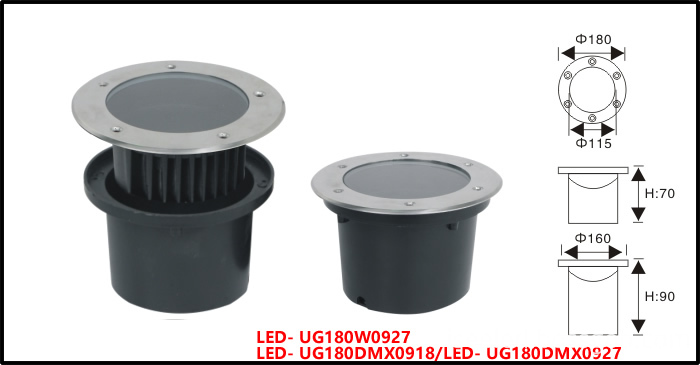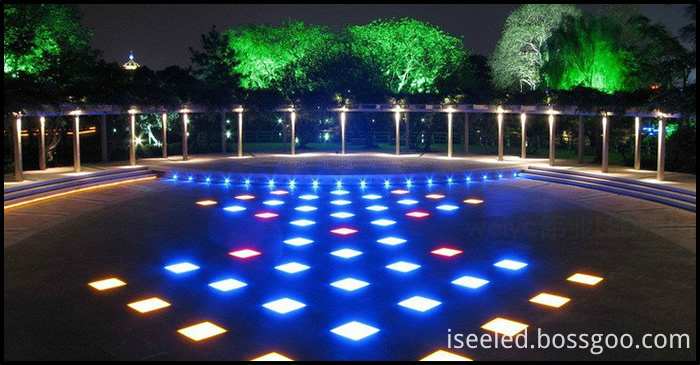Eight Codes of Indoor Feng Shui
1. Living Room Code
The ideal placement for a living room is typically in a diagonal position relative to the entrance door, which offers the best visual flow and enhances the overall experience for guests. Good lighting is essential in this space—ideally bright and natural, following the principle of "light room, dark room." This not only improves visibility but also creates a more welcoming and comfortable atmosphere.
2. Bedroom Code
The bedroom should be a place of stability and privacy. It’s recommended that the bed not face west, as modern science suggests that sleeping with your head to the west might affect blood circulation and disrupt sleep. Avoid placing the bed directly against a wall, as it can trap moisture and reduce air circulation, potentially causing back pain. The bed should not be too high—being close to the ground helps create a sense of security. Rounded bedside tables are preferable to avoid sharp corners, and the bed should be kept away from direct light sources that could cause restlessness.
3. Dining Room Code
The dining area should ideally be located in the southeast corner of the house to benefit from ample sunlight, which can enhance appetite. If a refrigerator is placed in the dining area, it should face north rather than south. The dining table should not have sharp right angles, such as triangular shapes, and the chairs should be of moderate height to ensure comfort and health during meals.
4. Door and Window Code
The front door is the main entry point of the home and should reflect harmony and openness. The entrance area should be spacious and well-lit to welcome positive energy. Windows should be designed to promote good air circulation, ensuring fresh and healthy air flows throughout the house, contributing to the well-being of its occupants.
5. Lighting Code
Lighting plays a crucial role in both health and daily activities. Natural daylight during the day and artificial lighting at night help maintain a balanced environment. The unit used to measure light intensity is called Lux. For example, a 25-watt bulb placed 0.5 meters above a table provides about 50 lux, which is sufficient for basic hygiene. However, different areas require varying levels of illumination—staircases may need only 10 lux, while reading areas require up to 100 lux.
When arranging lighting, consider the ceiling height. For rooms with a height of 2.7 meters, ceiling lights or chandeliers with olive or diamond-shaped shades can provide a soft and balanced glow. Light-colored walls, such as light yellow, work well with cool-toned fluorescent lights to reduce glare. The number and style of lighting fixtures should match the size of the room—smaller spaces may benefit from simpler designs like three-legged chandeliers or wall lamps.
6. Color Code
Colors in a room can significantly impact human physiology. Studies show that blue and green tones are most beneficial for eye health. Warm colors like yellow and orange can stimulate appetite, making them ideal for dining areas. Purple is known to promote relaxation and aid in falling asleep, making it a good choice for bedrooms. Bright, multi-colored bedrooms, however, may overstimulate and hinder rest. In kitchens and bathrooms, gray tones create a calm and harmonious environment. Light green is great for study areas, offering a sense of peace, while light yellow or pink in living and dining rooms add warmth and joy.
7. Green Code
Indoor plants are excellent for improving air quality and promoting well-being. However, some flowers can be harmful. For example, roses emit strong fragrances that may cause discomfort or breathing difficulties. Night-blooming flowers like night scent or oleander can overstimulate the nervous system, leading to sleep issues. It's best to avoid these and choose non-toxic plants that contribute positively to the indoor environment.
8. Furniture Code
Furniture in the bedroom should be arranged along the walls to maximize natural light and ventilation. Opt for natural materials that do not emit harmful substances, such as untreated wood, bamboo, or woven furniture. These materials not only look organic but also help reduce environmental pollution. Leather furniture made from unbleached hides or furniture crafted from sustainable materials like vines and bamboo can bring a sense of nature into the home, enhancing both aesthetics and health.
Underground led light we use as LED Outdoor Lighting for garden lights, lawn lights, ground lights, floor lights etc. The underground LED light is embembed underground, it is Ip68 led fixture, and we can classify the underground led lighting into round underground led light, and linear strip underground led light according to the underground led lights housing structure.
Photo show of Underground led light:


Underground Led Light,Led Garden Lights,Led Lawn Lights,Led Cordless Underground Light
Shenzhen Iseeled Technology Co., Ltd. , https://www.iseeledlight.com